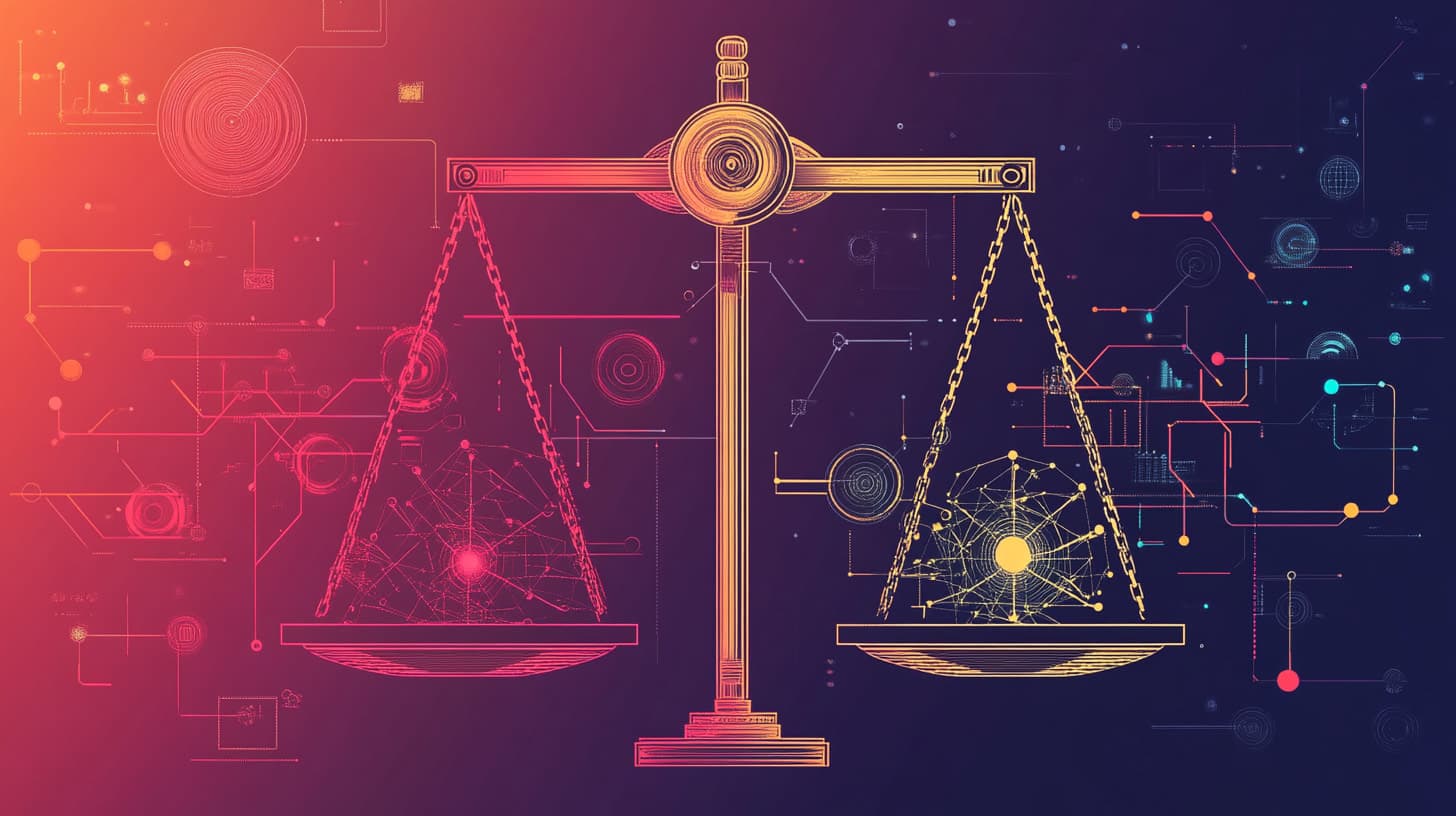Mastering the Bias-Variance Tradeoff: A Comprehensive Guide

AI is breaking through industries. Yet, there is a challenge that stands in the way of scientists. This barrier to success is bias variance. It prevents scientists from building highly reliable machine-learning models. AI would be much more accurate and thus, reliable if there was no bias in what they deliver.
This problem can be addressed and eliminated. Eradication requires scientists to rigorously assess the performance of their models. In addition, scientists need to ensure a balanced variance. Let’s find out what the bias-variance tradeoff is. What is the relationship between them? Why does adjusting one affect the other? So, let’s get into it.
How Does This Work?

Scientists train computer algorithms to learn from data and then act on commands. These algorithms may be able to solve problems, make recommendations, or be programmed to automate tasks. So, the scientist defines rules and logic to help the algorithm simulate human intelligence. It iterates as it’s used and learns more and more. This machine learning enables it to work without being explicitly programmed to respond to every request.
Supervised Vs. Unsupervised Learning
This type of learning can be supervised or unsupervised. Supervised learning involves training a model on a labeled dataset. In this instance, the algorithm learns to map input data to the correct output. Unsupervised learning works with unlabeled data. This is where the algorithm decodes the data and identifies its meaning without human input. This difference between these two pathways is crucial when working on machine learning projects.
Training and Testing The Data
The training data is used to train the model. Testing data is used to assess how well the model generalizes to new, unseen data. Before training and testing the model, scientists must partition their dataset. An assessment of the two data types is also vital. Knowing if the data is adequate can help them evaluate and pre-empt the performance of the model.
Building a robust machine learning model requires due diligence in training and testing. If these two aspects are well balanced the model will be useful in dynamic real-world scenarios.
Data Preprocessing: Laying The Groundwork
Development of a reliable model requires a deep understanding of the importance of data preprocessing. Preprocessing requires the clean-up and organization of raw data into a readable format fit for algorithms. This process tidies the foundation that the model will build on. A better foundation will result in better model performance.

Some of the preprocessing techniques include:
- Handling missing values
- Scaling features
- Encoding categorical variables
- And feature selection
Feature selection requires scientists to identify and select features from their dataset. In this step, the features of the dataset that are most relevant in predicting the target variable are selected. Scientists may use the following techniques depending on their needs, for their selection:
- Embedded methods
- Filter methods
- Wrapper methods
Getting Your Clearance
Once you have laid the foundation well, built up your model, then comes the audit. A scientist will test the model to assess it’s performance. This is vital for evaluating the potential of the model. Assessment can produce insights on where it stands, what can be improved and where it’s headed.

Once you have laid the foundation well, and built up your model, then comes the audit. A scientist will test the model to assess its performance. This is vital for evaluating the potential of the model. Assessment can produce insights on where it stands, what can be improved, and where it’s headed.
Some of the ingredients of this assessment include:
- Accuracy, measuring proportions of correctly classified instances out of the total instances.
- Precision, measuring propositions of true positive predictions out of all positive predictions made by the model.
- Recall or sensitivity, measuring propositions of true positive predictions out of all actual positive predictions made by the model.
- FI-score, the harmonic mean of precision and recall
Together these metrics help scientists understand their models and support the fine-tuning process.
Identifying Issues and Initial Actions
While issues can arise at any stage of the model development process it is important to keep them at bay in the beginning. Here are some common issues that arise:
The Model is Underfitting
Underfitting is when a model is too simple and thus, unable to capture the underlying patterns in the data.
- An underfitting model results in poor performance.
- Such a model will have trouble with training and test datasets.
- Examining the learning curves of the model helps in identifying this problem.
- Once the prognosis is identified, the complexity of the model should be raised.
- More layers or neurons can help counteract the issue.

The Model is Overfitting
- Overfitting happens when a model is too complex.
- Such a model learns noise from the training data rather than the actual patterns.
- This model will demonstrate an excellent performance on the training data.
- However, the performance on new, unseen data will be offsetting.
- To address overfitting, regularization techniques such as L1 and L2 regularization can help. These work by penalizing large weights in the model.
- Another approach is to use dropout layers. These will prevent the model from relying too much on one neuron.
Seeing if the model is underfitting or overfitting, and then resolving the issue can boost the robustness and accuracy of the machine learning models.
Decoding Bias in Machine Learning
Bias occurs when a machine learning model consistently predicts incorrect or incomplete outcomes. This can be understood as a child that remains deviant no matter what it is taught, simply because it is decoding the teachings in its own unique way. Bias can come from the data fed to the model or the model itself. A bias-free model is far more fair and reliable, hence that creating that should be the goal. An assessment of the data and the model can help in understanding where it’s coming from and how to resolve it.

Unraveling the Mystery of Variance in Machine Learning
Some scientists may find that their model is too receptive and tends to produce results that are too varied. This happens when the training data given to the model is too diverse. There is a lack of harmony in the messages conveyed in the training materials. So, such a model will not respond well to new data. This can happen if the data was ‘overfit’ for the model. Techniques such as regularization and ensemble methods can help in managing such variance.
The Bias-Variance Dichotomy Explained
The bias-variance tradeoff is a common dilemma to face during model assessments. As scientists try to decrease bias, variance increases. If the variance is decreased, the bias would increase. Thus there is a trade-off between the two.

If a balance is achieved then the model will be both accurate and yet, generalizable. It takes time, patience, and testing to get there, but, it is a good place to be in for a scientist.